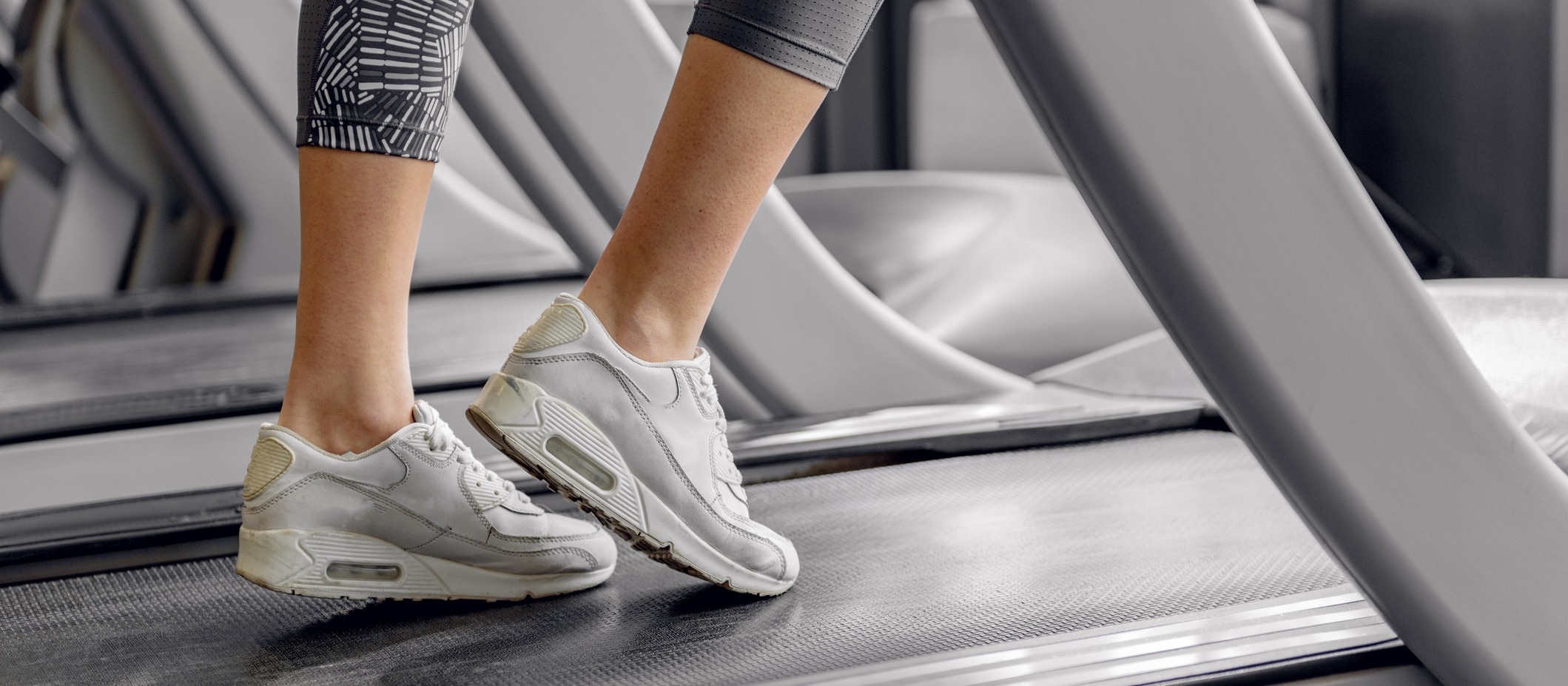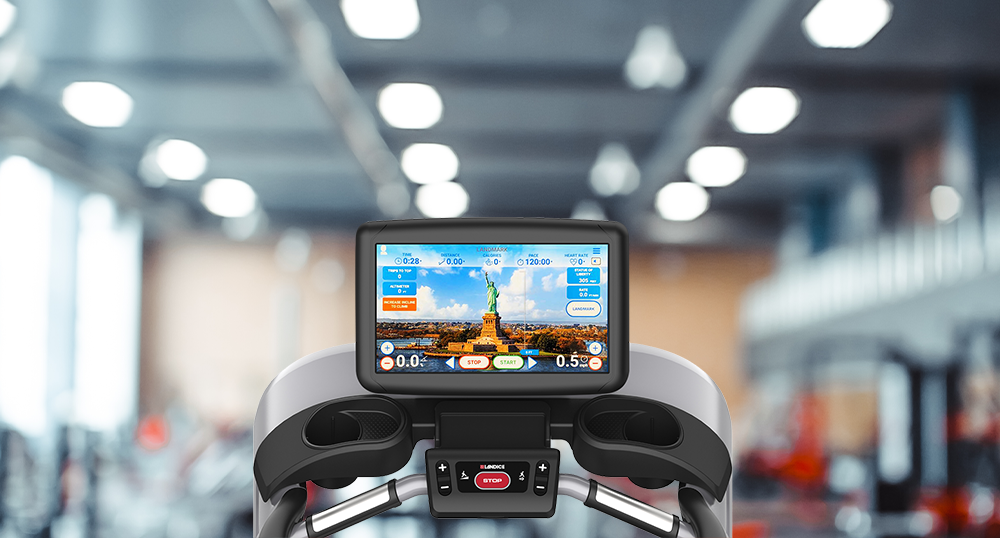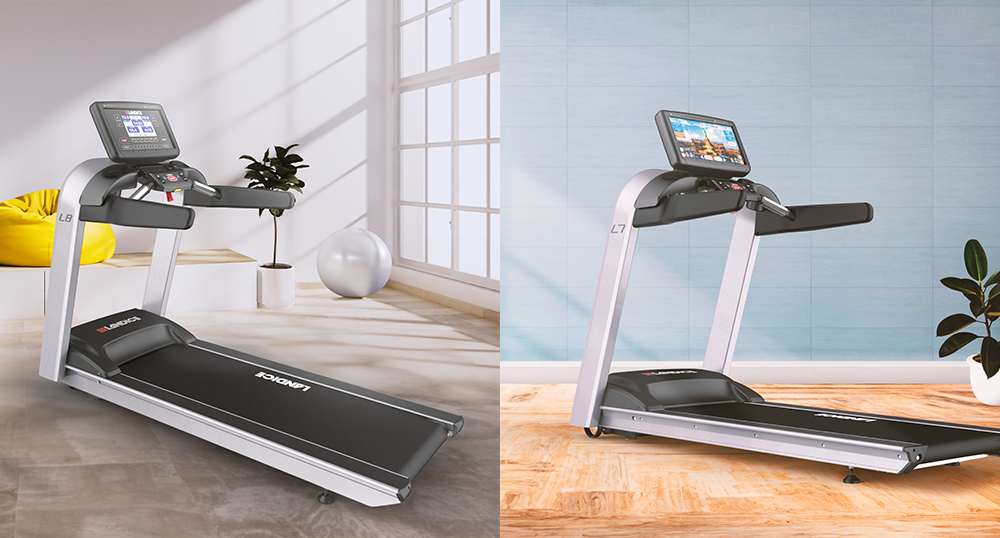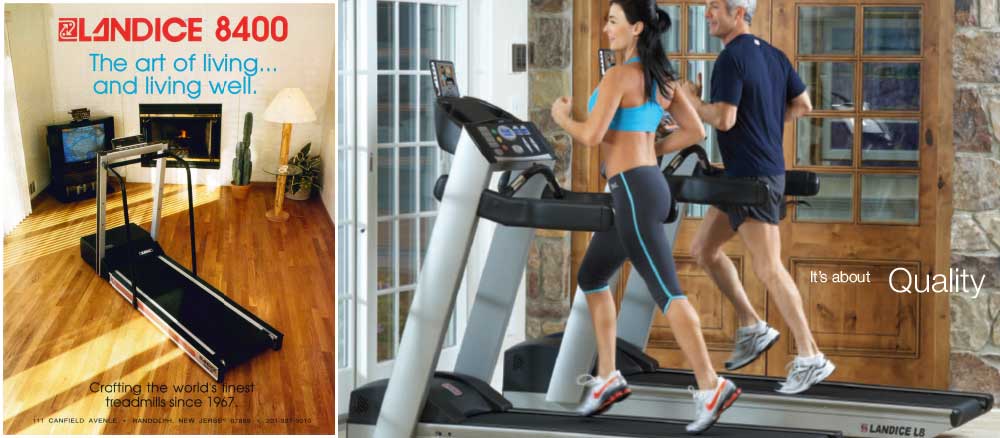What's the Deal with a Treadmill Incline?
June 25, 2020
Ahh, summer. It's the time of year many of us look forward to being outside, breathing fresh air, and going for long runs in nature. Unfortunately, nature has thrown us a curve ball.
Whether we like it or not, it seems we may have to alter our outdoor plans and endure some more indoor time. So, just when you were looking forward to new workout landscapes and the terrain of running outside, it's easy to understand why you might feel frustrated with staying inside and making sure your treadmill is still operating smoothly.
But there's no need to dread the tread. In fact, you could use your time indoors to become faster and stronger by learning to adjust the incline on your treadmill so you'll be ready for the outdoors - which we will eventually be able to enjoy again.
The Value of a Treadmill Incline
Running a variety of inclines forces the body to engage different muscles particularly in the calves, quadriceps, and glutes. It increases the aerobic demand of the run helping you develop more endurance, and boosts muscular strength, which can help prevent injuries.
That said, it’s important to understand the metrics on the treadmill to help you get in a good workout, particularly treadmill incline. The grade of a hill is measured as a percentage, and so each treadmill displays incline as a percentage, not a level. For example, if you raise the treadmill to “two,” it means you are running at a 2-percent incline (not a level two). On most machines, the treadmill incline can increase from from 0 percent up to 12 percent— Landice treadmills can go up to 15%.
Research shows that when you set the treadmill at a 1-percent incline, it will more closely simulate the “energetic cost” or intensity of outdoor running as it makes up for the lack of wind resistance at certain paces. Between 8 mph (7:30/mile pace) and 11.2 mph (5:21/mile pace), a 1 percent treadmill grade provides the right adjustment. At paces slower than 8 mph, no adjustment is necessary because the difference is so small, but you can still choose to set the incline at 1 percent for an extra challenge. Doing so may give you a little confidence boost when you’re back out on the road.
Some experts say to run at a 2-percent incline if you'r faster runner and thus experience greater wind resistance. While it is important to train to specificity, running at a constant 1- to 2-percent incline on the treadmill may not be the best way to go for several reasons:
Boredom. Thinking you’re charging even slightly uphill when you could be training on a flat is rough.
Hill Variance. Hills on any race course will vary in length and incline, so while you will need to expend the energy to get up a hill, you’ll also get a relief on the descent.
Biomechanics. It can really mess with your biomechanics if you aren’t used to running at a constant incline.
Rather, consider training on a hill program or course built into the treadmill that rolls up and down throughout the run. This will better simulate the rolling hills found outdoors, decrease the risk of an overuse injury running at the same incline, and provide a more mentally-stimulating workout. The Landice Cardio and Pro Sports treadmills come with built-in programs with variable time, speed and elevation.
Compare our Landice Consoles
Incline usage on a treadmill also enables more of a total-body workout. When we increase the incline we tend to run more on the ball of our foot, use our core and arms more, and take faster steps when up a hill -- almost like climbing stairs. This type of form can make you more energy efficient and reduce your risk of injury when compared to landing on your rearfoot.
One Last Point - Form
Before you start changing the incline on your treadmill, it's important to first ensure your form is on point. A lot of people naturally feel the need to lean back in order to compensate for the increased incline. Still others hold onto the hand rails. Both are things to avoid.
Hanging on to the machine reduces activation of the leg muscles, which essentially defeats the purpose of increasing incline. And leaning backward changes your posture and gait meaning you're not getting the full power of your glutes to power you uphill. Instead, bend forward slightly at your ankles, and land on the balls of your feet.
And when we do get outside again, make sure you gradually transition to your outdoor runs. Running on a treadmill is very different than running outside, mostly due to the fact that you are keeping up with the tread rather than propelling your body weight forward as you do while running outside. The terrain, surface, and elements (cold, hot, wind...) are also more demanding away from the treadmill.
Stay healthy and keep on persevering.
.png?width=258&height=54&name=Landice_logo%20(1).png)




